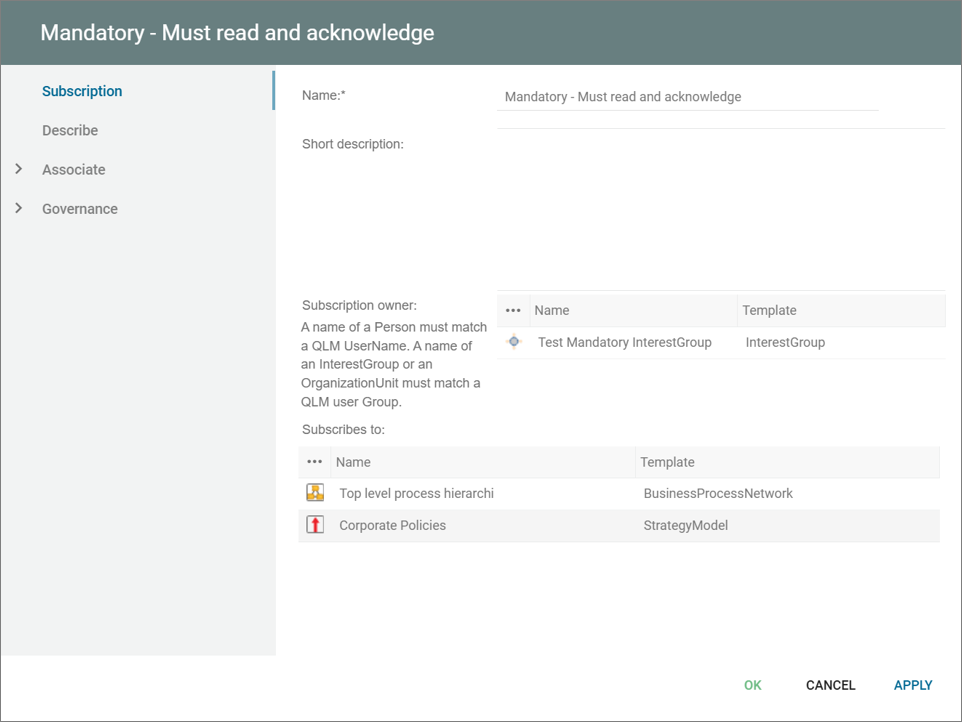Description of this template will be available soon.
Archives: Templates
Templates and model types in the QualiWare platform.
Tablespace
Description of this template will be available soon.
Table Scema
Description of this template will be available soon.
Table
A Table is a basic component in a Relational Diagram that represents a collection of related data organized in rows and columns. Tables are the fundamental building blocks of a relational database, and they provide a structured way of storing and organizing data, making it easy to access, query, and manipulate.
Tables can be related to each other through foreign key constraints, creating a relational schema that models the interrelationships between different entities in the system being represented.
Example: In a Relational Diagram for a system that manages a university, you might have a table called “Students” that stores information about all the students enrolled in the university. The table might have columns such as “id”, “name”, “major”, “email”, and “enrollment_date”, among others. Each row in the “Students” table represents a single student record, with values for each of the corresponding attributes. The “id” column serves as the primary key for the table, uniquely identifying each student record. Other tables in the database, such as “Courses” and “Enrollments”, can be related to the “Students” table through foreign key constraints, creating a relational schema that models the interrelationships between different entities in the university system.
System Boundary
This symbol is used to graphically show the boundary of a system in a Use Case Diagram modelling what part of the use case is inside/outside of the system.
Sub Tab View Definition
Description of this template will be available soon.
Substitution
Description of this template will be available soon.
Subscription
The subscription template is used to collect users subscriptions.
Users can subscribe (and unsubsribe) to specific content.

A subscription object is automatically created in the repository, when a user subscribes to some content.
As standard the “Subscribe” actionbuttom is part of the change management governanceworkflow for approved content (this can be configured).
In additon to personal subscriptions it is possible to create additional subscription, e.g. to manage and control “mandatory” subscriptions on an organizational level. These subscription is mandatory, and the user cannot unsubscribe to the content.

The subscription – Personal and Team – can be found in the toolbar in the top right on the collaboration platform.

Subject Area Hierarchy Top
Description of this template will be available soon.
Structured Activity Node
Groups a set of actions into a structured block, like a sub-process or loop.